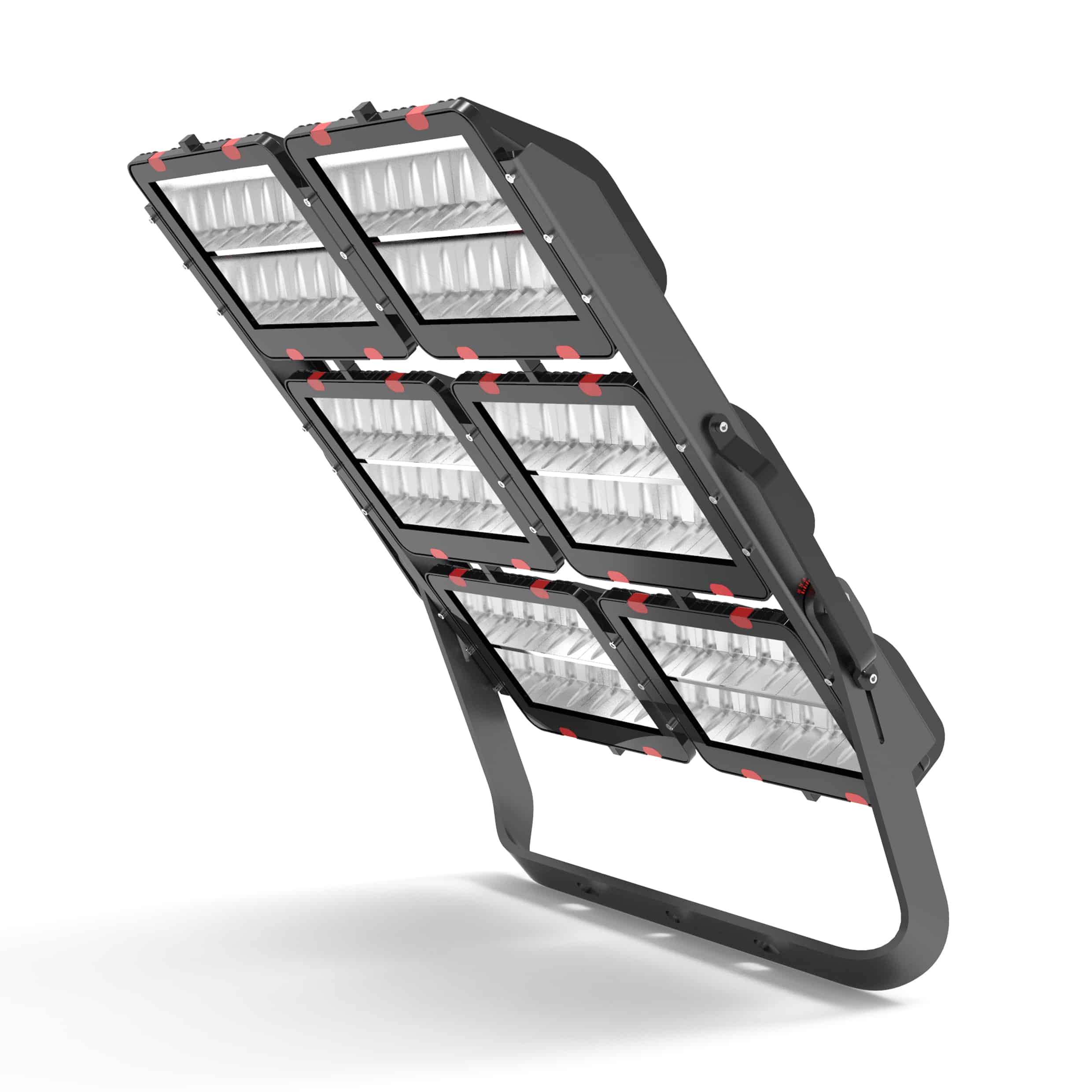Using LED high mast lights is a great way to make your property look great without all the hassle of installing traditional lighting. LEDs are energy efficient and are very long lasting. They are also a good way to help reduce light pollution.
LEDs degrade slowly over time
Compared to traditional light fixtures, LED high mast light degrades slowly over time. This is not only beneficial for the environment, but also for your budget. As LED fixtures are more energy efficient, you can save money on your energy bill every month.
Typically, LEDs last five to twenty times longer than incandescent lamps. However, not all LEDs are created equal. The most important thing to remember when choosing an LED is to ensure the LED is rated for the right number of hours.
LEDs are fabricated using p-type and n-type semiconductors, which are connected to the positive and negative terminals of a power supply. LEDs are also equipped with a phosphor coating that produces white light. However, these components can overheat, leading to reduced performance.
One of the best ways to extend the life of your LEDs is to operate them according to their manufacturers’ thermal guidelines. These guidelines ensure the LED remains functional and bright for a long time.
They are energy-efficient
Choosing energy efficient led high mast lights can be an important step to reducing your energy bill. They offer significant energy savings over traditional lighting technologies, and their lower maintenance costs make them a cost-effective choice for high mast lighting applications.
AEON high-mast luminaires feature state-of-the-art LED technology, a flicker-free design, versatile beam spreads, and instant on/off controls. In addition, they are highly durable, and have the ability to withstand harsh outdoor conditions.
High mast LED lighting systems are designed for rail yards, freeways, parking lots, and other locations that require large area illumination. They are ideal for outdoor sites, and can save up to 70% on energy costs. They can also be used with motion sensors to reduce energy consumption.
Compared to HID lighting, LEDs have a longer lifespan and require less maintenance. In addition, they are more energy-efficient, and they require less wattage. They are also more durable, and they are available in a wide variety of colors.
They reduce the number of tall structures required
Using a LED high mast light to illuminate your pedestrian pathways has a number of advantages. This includes the obvious illumination, reduced light pollution, improved safety, and reduced maintenance costs. While a standard pole may be a viable option, the plethora of modern mast systems available translates to a lower cost per fixture. For instance, a high mast light featuring a watt-class LED bulb could save you up to $7000 per year. In comparison, a standard HID bulb may be well over twice the cost of replacement.
Aside from the cost savings, high mast lights also prove to be the best solution for illuminating pedestrian pathways. The aforementioned benefits are complemented by LED lighting’s ability to generate light through a combination of a semi-conductor and individual optics. LEDs are also capable of generating a large amount of light in a short amount of time. This is especially true for illuminating walkways on dark winter days and nighttime hours.
They reduce light pollution
Despite the widespread use of LED high mast lights, there are still a number of questions surrounding the issue of light pollution. In particular, the question of light pollution has become important for the development and sustainability of value chains. It is also important for recycling raw materials.
Light pollution experts problematize the use of environmentally unfriendly lighting standards, such as those related to lighting efficiency. In addition, they point to the problem of LEDs with a blue-rich spectrum. This blue light output is more visible to the human eye and contributes to light pollution.
Another important issue is the rebound effect, which is caused by poorly designed LED installations. This effect is usually associated with glare. It occurs when people walk from a bright area to a darker one, where glare occurs.
Another important aspect of LED light pollution is the problem of light trespass. This is when photons cross boundary lines and affect migrating birds hundreds of miles away. This phenomenon is also known as sky glow. It is important to note that the amount of light trespass varies across the globe.
